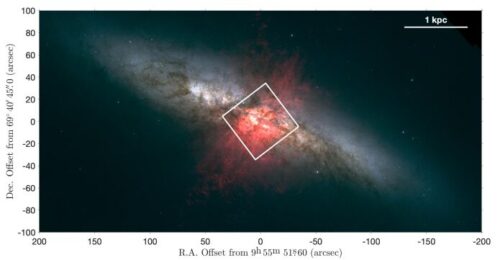2024-04-03 NASA
<関連情報>
- https://www.nasa.gov/earth/oceans/how-nasa-spotted-el-nino-changing-the-saltiness-of-coastal-waters/
- https://agupubs.onlinelibrary.wiley.com/doi/full/10.1029/2023GL106684
地球規模の水循環変動の指標としての沿岸海域の塩分濃度 The Salinity of Coastal Waters as a Bellwether for Global Water Cycle Changes
S. Fournier, J. T. Reager, H. A. Chandanpurkar, M. Pascolini-Campbell, S. Jarugula
Geophysical Research Letters Published: 20 December 2023
DOI:https://doi.org/10.1029/2023GL106684

Abstract
While the global water cycle has been studied previously based on land and open ocean studies, here we use coastal satellite sea surface salinity (SSS) data to show that in global aggregate, SSS variations near coasts are strongly correlated with global water cycle variability driven by El Niño Southern Oscillation (ENSO). This is a significant finding as we demonstrate that open ocean SSS variability is not as sensitive to ENSO and global water cycle variability as the coastal oceans at interannual timescales. Aggregated global coastal SSS could therefore be used as a proxy for detection of changes in the large-scale cycling of water between the oceans and continents. Moreover, we identify major potential “hotspots” on land and in the coastal ocean that tend to drive global coastal salinity variability, and which may consequently be most sensitive to future physical and biological impacts of water cycle changes on the coastal oceans.
Key Points
- Sea surface salinity (SSS) variability is more than 30 times higher at the coast than in the open ocean
- Coastal SSS variability is driven primarily by the terrestrial water cycle at interannual scales, unlike open ocean SSS
- El Niño Southern Oscillation impacts coastal SSS via modulation of precipitation on land and subsequent river runoff
Plain Language Summary
While the global water cycle has been studied from the land perspective and the open ocean perspective, we offer a novel analysis showing that the global coastal zone provides an opportunity to monitor aggregated water cycle variability. We show that most global sea surface salinity variability is concentrated near the coasts and that coastal salinity variations at interannual time scales are highly correlated to El Niño Southern Oscillation (ENSO), with global river discharge being the connecting mechanism. Coastal salinity can thus be used to monitor global water cycle variability at interannual time scales. With global warming, changes in the water cycle and in ENSO’s intensity and frequency are expected. The global coastal oceans may be where these changes are most detectable in aggregate, and coastal salinity measurements can be used as a valuable proxy by communities monitoring these changes.



